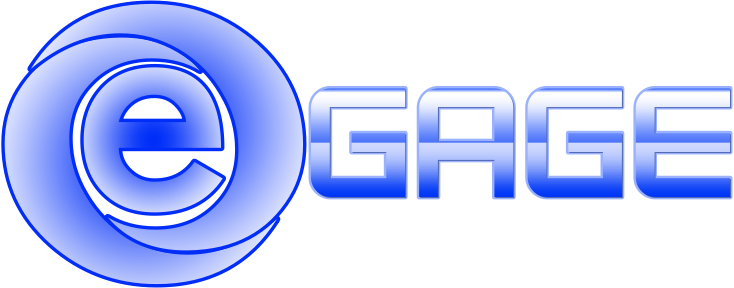Team Building: From Dysfunction to Collaboration
Having a group comprised of top talent sounds like a recipe for success, right? Well, not necessarily. As paradoxical as it may seem, even teams stacked with high-performing individuals can falter if collaboration isn’t prioritized. The key lies in understanding and leveraging the diverse skills and personalities within the team, while also navigating the inevitable friction that arises.
Seeking to transform your team from dysfunction to collaboration? Here’s our recommended action plan:
1. Appointing the Right Team Members
Teams should have different skill-sets to be successful and unlock the full potential of your team. If similar, you may have more harmony in the group, but will not garner the results you need.
2. Embracing Diversity in Dominant Styles
Teams are often composed of individuals with varied dominant styles, each bringing a unique skill set to the table. This diversity, while valuable, can also be a source of tension.
Understand and leverage the varied personalities within your team using models like DiSC. The DiSC model, categorizes individuals into four main styles: Dominance, Influence, Steadiness, and Conscientiousness. Recognizing these differences is crucial for effective collaboration.
3. Intentional Team Building to Mitigate Friction
To harness the potential of diverse dominant styles, intentional team building is essential. This involves creating a space where team members can openly discuss expectations, deliverables, and individual strengths and weaknesses. By fostering an environment of transparency and trust, teams can address potential sources of conflict proactively.
4. Establishing Ground Rules for Healthy Debate
Debate and brainstorming are vital components of productive teamwork. However, they can also lead to conflict if not managed effectively. Teams should establish ground rules for constructive communication, outlining how disagreements will be handled and resolved. This ensures that diverse perspectives are valued and conflicts are addressed promptly and respectfully.
5. Defining Clear Roles and Responsibilities
Clarity in roles and responsibilities is paramount for smooth collaboration. By defining each team member’s role upfront, confusion and overlap can be minimized. This clarity not only enhances efficiency, but also fosters accountability as team members understand their contribution to the overall success of the project.
A Story of Transformation
“I remember the day clearly,” begins Sarah, a member of a dysfunctional yet talented team. “Our boss pulled us together with a daunting task: redesign our Human Resources organizational structure to improve service levels and reduce cost.”
Sarah recounts the initial turmoil within the team, with emotions running high and tensions palpable. Yet, amidst the chaos, their leader refrained from intervening, knowing that surface-level conflict resolution would only yield temporary results.
Instead, he imparted invaluable advice: “Understand your differences—strengths and opportunities. Learn how to integrate those skills into a solution.”
Sarah recalled the DiSC team building session from a few months earlier. She asked each team member to discuss their dominant style and how they work best in teams.
In conclusion, turning dysfunctional teams with top talent into high-performing units requires intentional effort and a commitment to collaboration. By embracing diversity, establishing clear expectations, and fostering open communication, teams can leverage their unique strengths to achieve remarkable results. As Sarah’s story illustrates, transformation is possible when individuals come together, not despite their differences, but because of them.
eGage is here to support you. Our certified DiSC facilitators are equipped with the expertise and knowledge to guide your team through the process of understanding their dominant styles and leveraging them for greater collaboration and productivity. Whether you’re looking to resolve conflicts, enhance communication, or improve overall team dynamics, we’re here to help. Click Here to Contact Us

